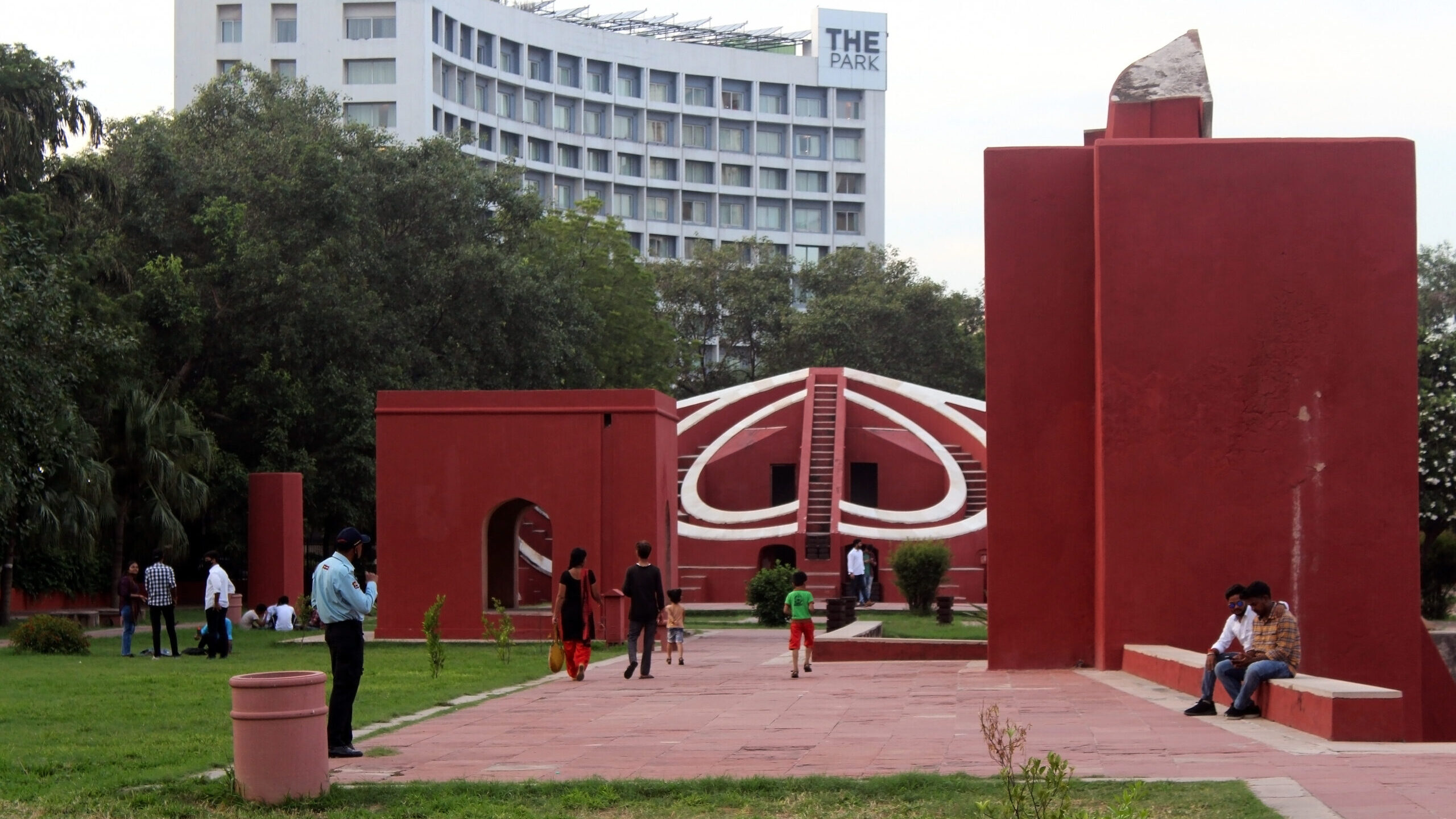First-time visitors to Connaught Place might find the market built by the British to be vast, majestic, its dimensions too large to comprehend in one go.
But just a stone’s throw away, down Sansad Marg, there is another complex housing huge geometric structures in red sandstone – shapes that have clarity, focus, and helped in the advancement of science. Awesome, like the ruins of Athens.
Inside the fenced complex, a great place for selfies, not many question how these massive structures had been built, by whom, and why. Well, everyone knows Jantar Mantar is part of the tourist attractions of the capital but what about the story these massive structures have to tell?
Jantar Mantar is an astronomical observatory which was built by the ruler of Jaipur, Maharaja Jai Singh II, in 1724. The one in Delhi was not the only one. In fact, the maharaja built five astronomical observatories in northern India: the others are in Jaipur, Ujjain, Mathura and Varanasi.
The essential purpose of these large structures was to make astronomical observations. These are compiled in tables to help predict the movement of celestial bodies such as the sun, moon and planets. All of these instruments have been built with brick and rubble and have been plastered with lime.
The Jantar Mantar has 13 instruments that aid in these predictions, such as the Samrat Yantra, the Jayaprakash Yantra and the Mithra Yantra. It is a part of the tradition of Ptolemaic positional astronomy, which was common in a lot of civilisations.
The Jantar Mantar near Connaught Place is one of Delhi’s mandatory tourist sights.
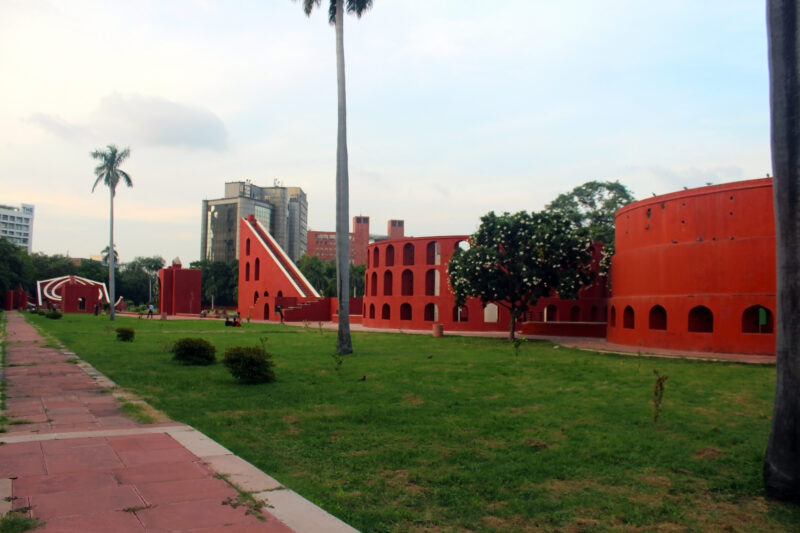
People sitting next to Samrat Yantra, a large sundial that stands parallel to the earth’s axis and helps to check the time.
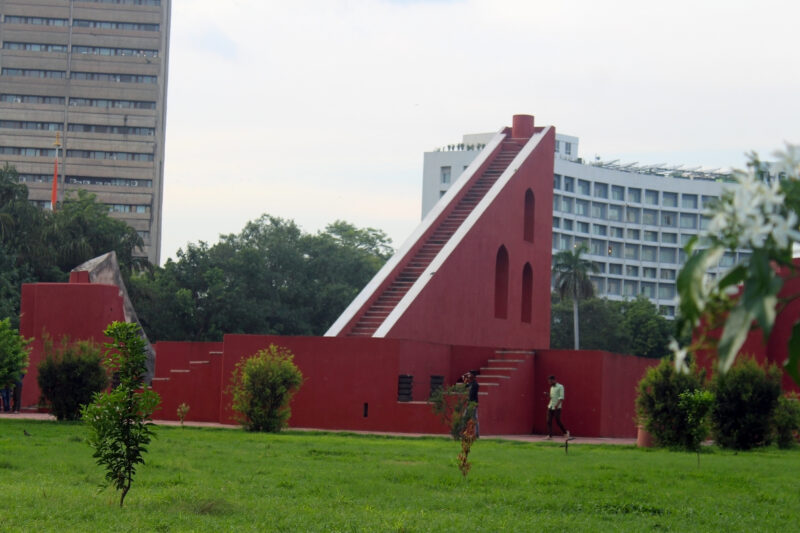
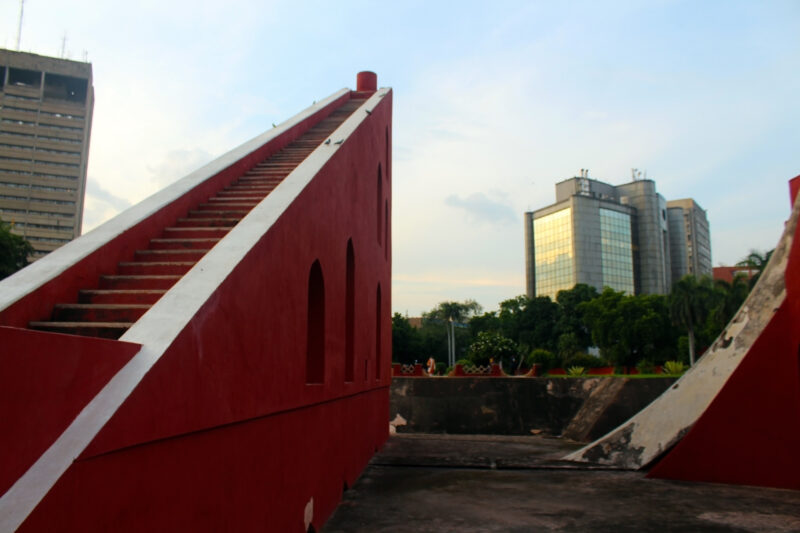
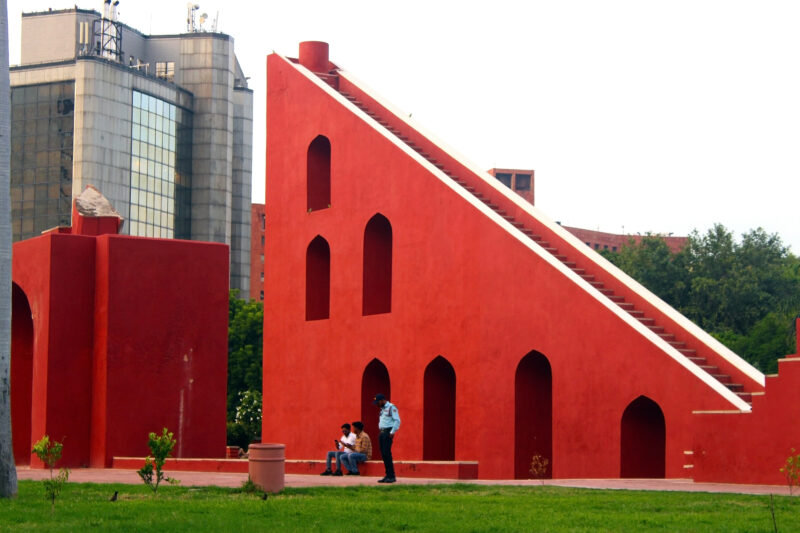
The Jayaprakash Yantra is shaped like a hemisphere and is used to align the position of stars to markings.
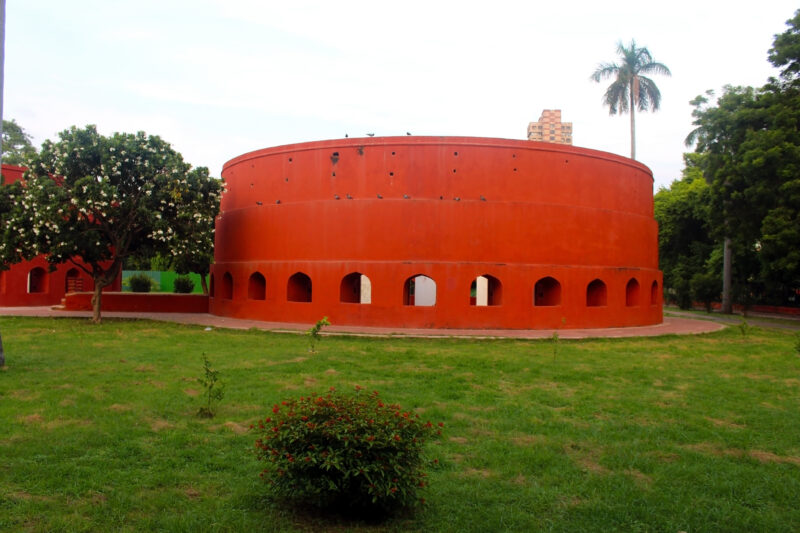
The Misra Yantra surrounded by the visitors, Mishra Yantra is used to find the shortest and the longest days of the year
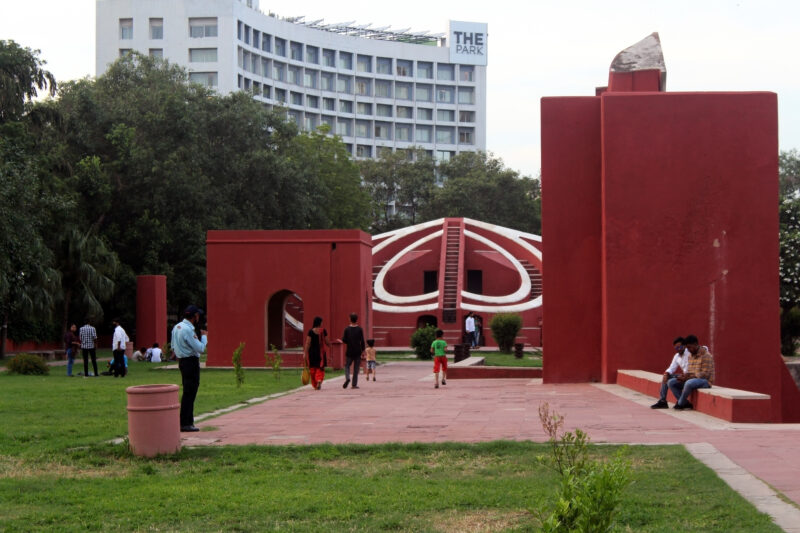
The Rama Yantra consists of a pair of cylindrical structures, open to the sky, each with a pillar or pole at the center. The pillar/post and walls are of equal height, which is also equal to the radius of the structure. The floor and interior surface of the walls are inscribed with scales indicating angles of altitude and azimuth.
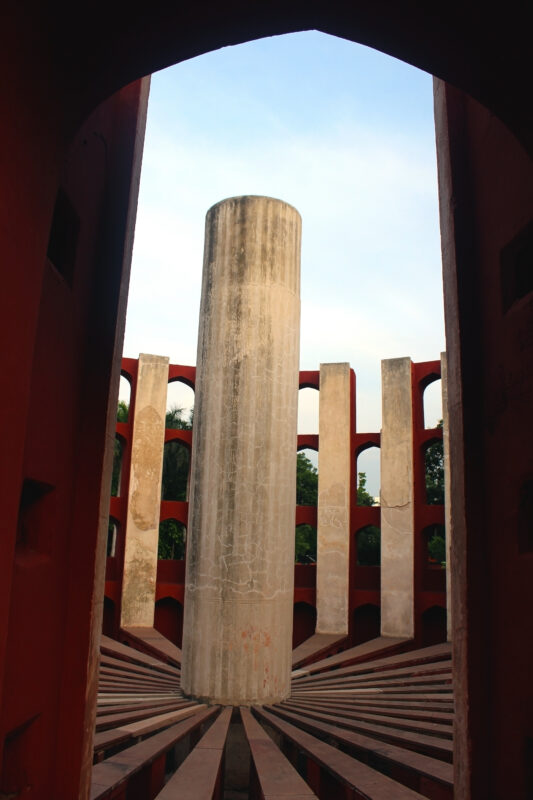
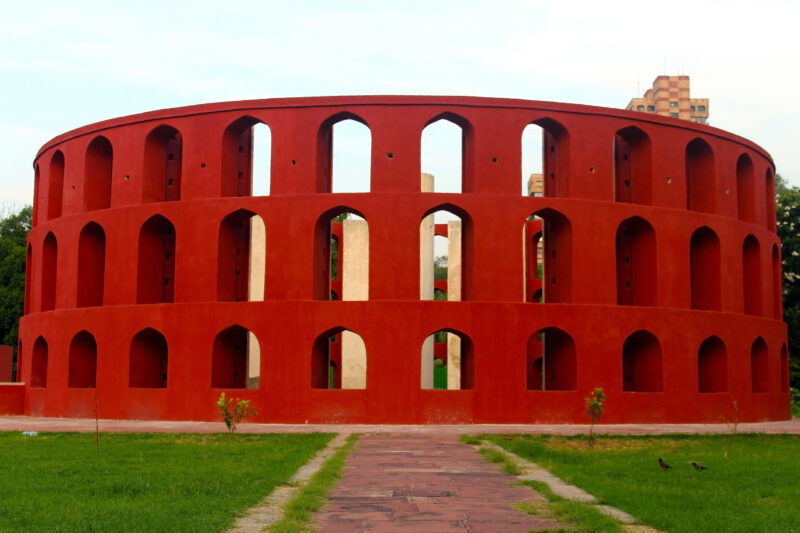
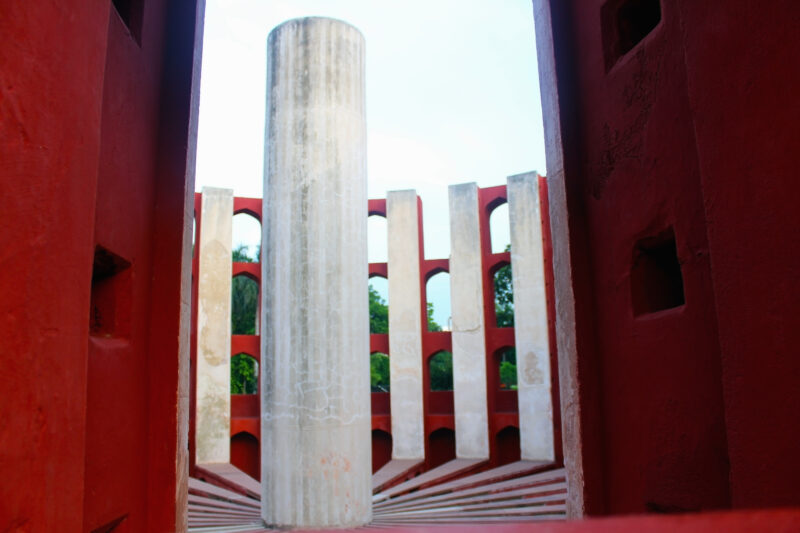
For more stories that cover the ongoings of Delhi NCR, follow us on:
Instagram: instagram.com/thepatriot_in/
Twitter: twitter.com/Patriot_Delhi
Facebook: facebook.com/Thepatriotnewsindia

